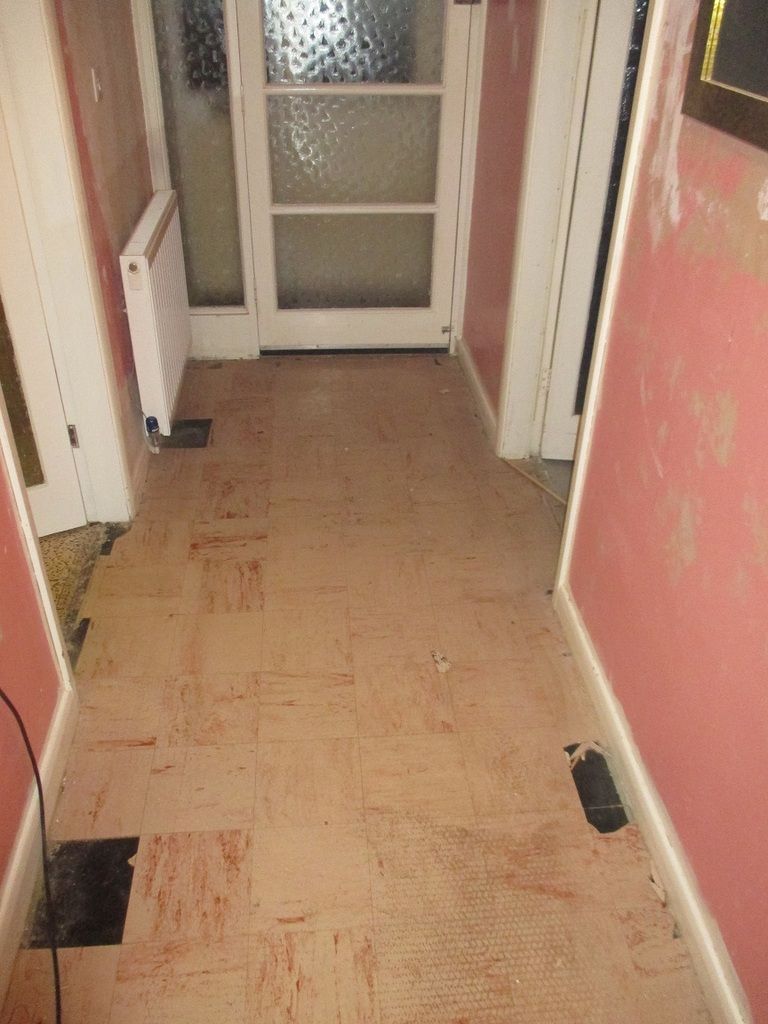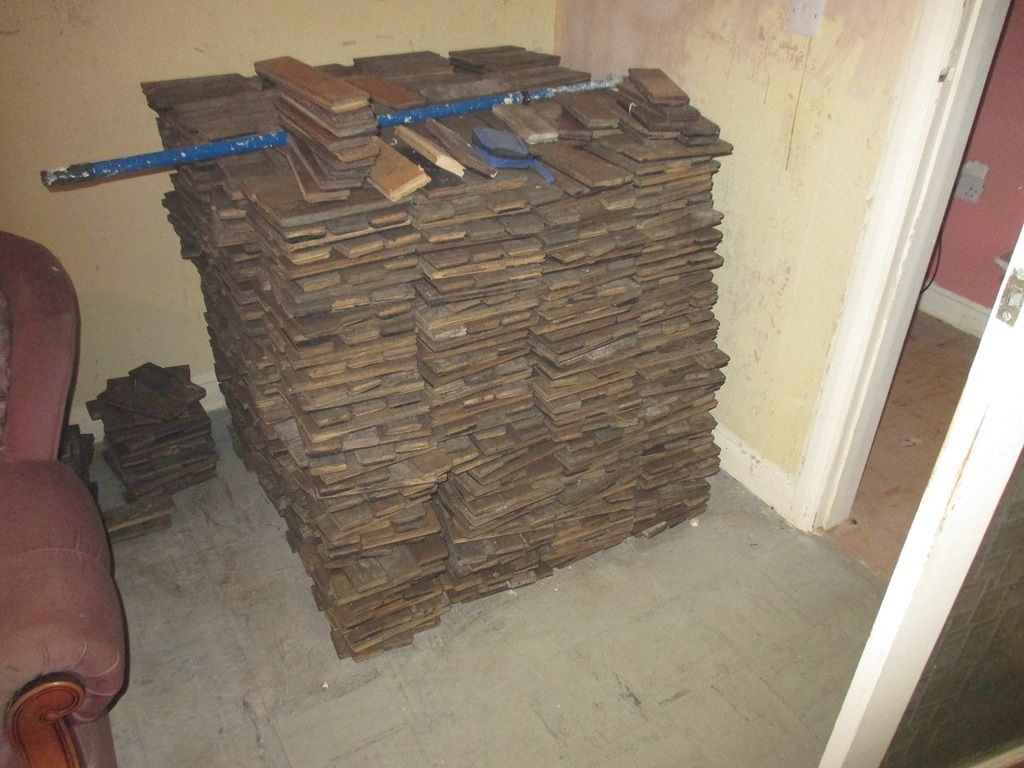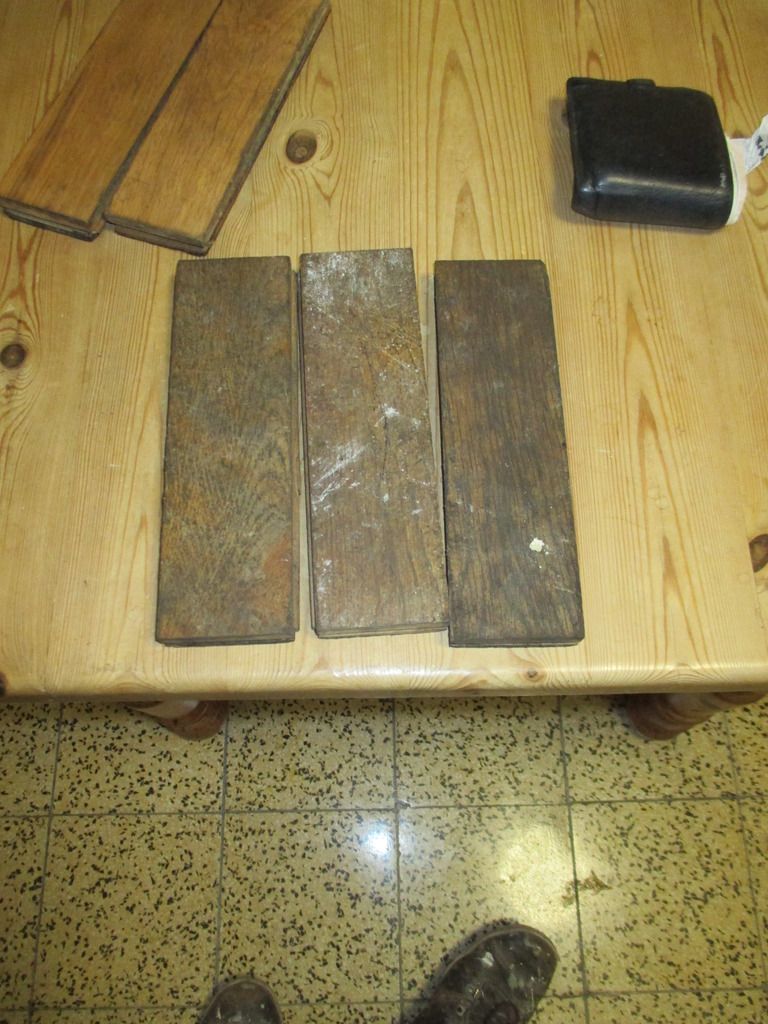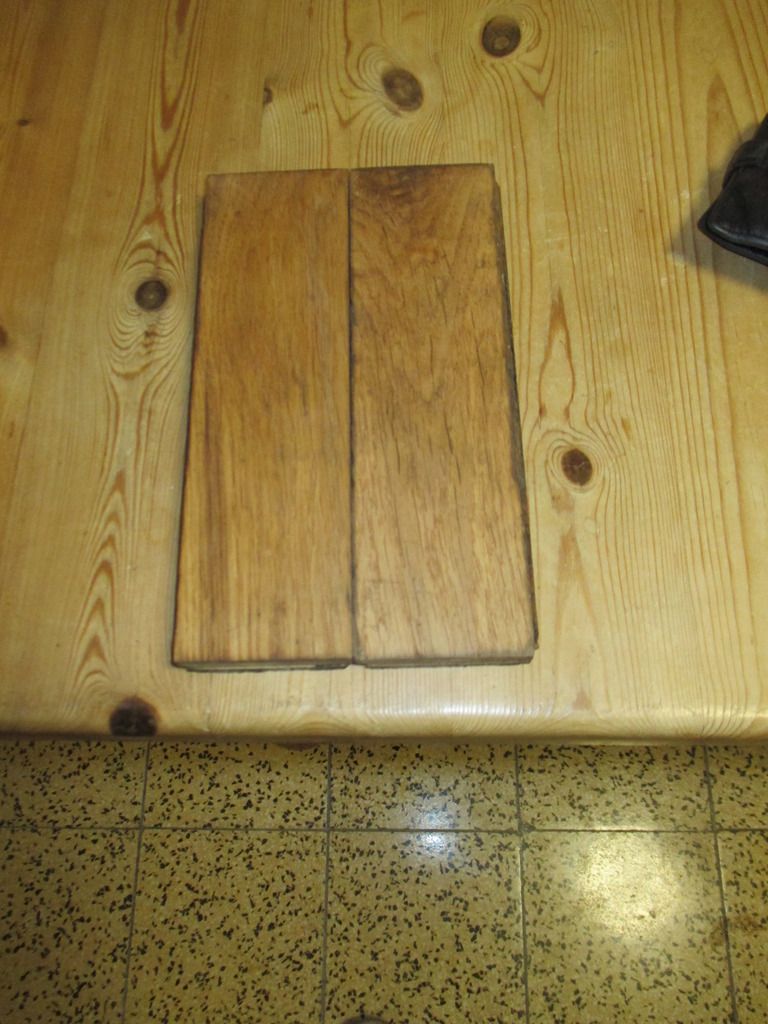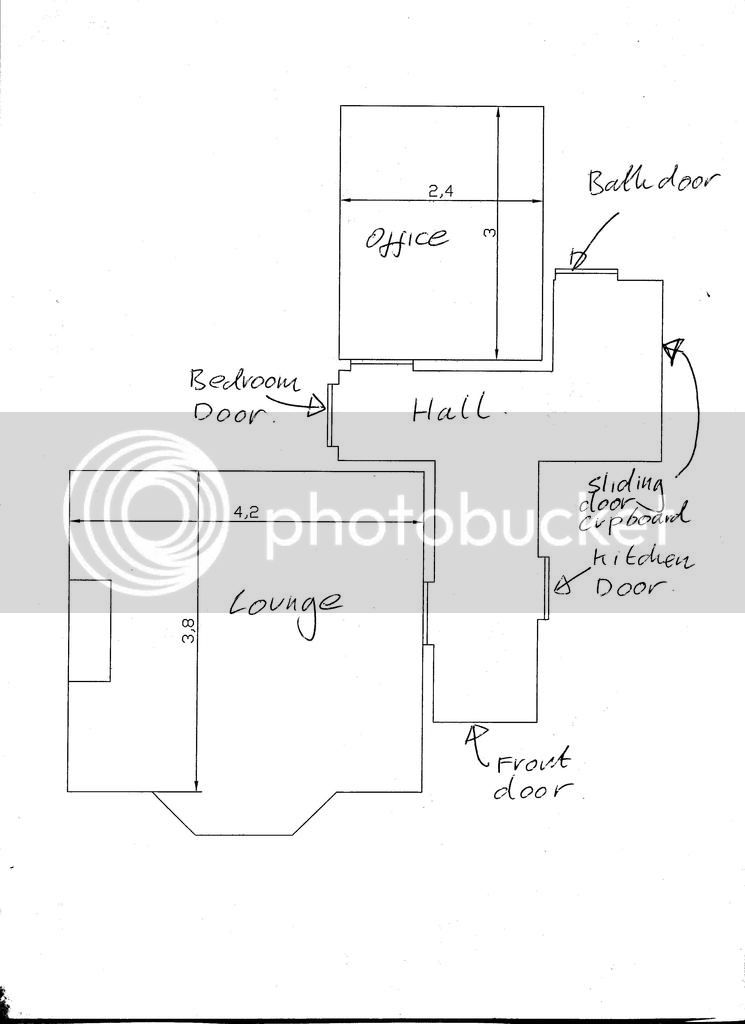ChrisxBates
Member
Hello,
I’m about to embark on a parquet floor project of approximately 33M2. Consisting of Lounge, Hall, and Office (Small Bedroom).
I’ve cleaned off the bitumen off the back of the majority of these. It was a messy, boring and hard work.
Oak, herringbone pattern, with 2 rows of stretchers around the border.
It’s intended to remove the skirting board, lay parquet and then refit skirting.
Has anyone successfully completed a similar project ? Any nuggets of advice anyone ? I will have no doubt several more questions. In particular the use of the floor sanding machines.
I did try and load some photos from Photobucket, but I don't have the permission.
Thank you in advance.
Chris
I’m about to embark on a parquet floor project of approximately 33M2. Consisting of Lounge, Hall, and Office (Small Bedroom).
I’ve cleaned off the bitumen off the back of the majority of these. It was a messy, boring and hard work.
Oak, herringbone pattern, with 2 rows of stretchers around the border.
It’s intended to remove the skirting board, lay parquet and then refit skirting.
Has anyone successfully completed a similar project ? Any nuggets of advice anyone ? I will have no doubt several more questions. In particular the use of the floor sanding machines.
I did try and load some photos from Photobucket, but I don't have the permission.
Thank you in advance.
Chris

































